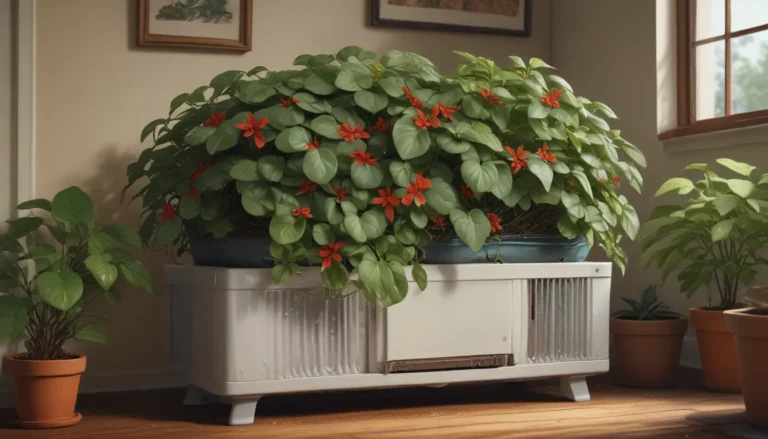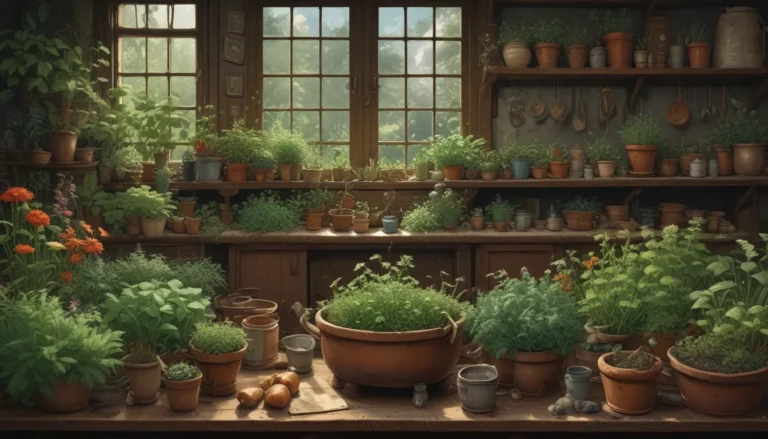Ultimate Guide on Managing Blossom-End Rot in Zucchini

If you’ve ever grown zucchini, you know the excitement of watching those beautiful veggies grow. But nothing can dampen your gardening spirits quite like blossom-end rot. This common disorder can quickly turn your zucchini dreams into disappointments.
Blossom-end rot is a typical issue associated not only with tomatoes but also with other plants like eggplant, peppers, and summer squash. The main culprit behind this problem is a lack of calcium.
But before you start adding more calcium to your soil, pause! Most soils already contain sufficient levels of calcium. The real challenge lies in proper irrigation practices. Overfertilizing and misusing supplements can further complicate the issue.
The good news is, with some basic maintenance strategies, you can quickly solve the problem. By adjusting the soil pH, following proper fertilizing practices, and ensuring deep watering, you can enjoy a bountiful zucchini harvest this year.
So, let’s delve into the causes and treatment options for zucchini blossom-end rot in this comprehensive guide.
What You’ll Explore in This Guide
Here’s what awaits you in this informative guide:
- Blossom-End Rot Basics
- Water, Soil, and Calcium
- Fertilizing Needs
- PH Levels
- Water Requirements
- Growing Tips
- Maybe It’s Poor Pollination
Blossom-End Rot Basics
Blossom-end rot starts as a breakdown in cell walls, causing the flesh above the blossom to become soft and discolored. The scientific term for this, apical necrosis, signifies the localized death of living tissue at the blossom end of the fruit.
As the rot progresses, the affected tissue turns yellow, then brown or black, and becomes mushy. While it may be tempting to salvage the remaining parts of the fruit, the flavor and texture are often significantly compromised. It’s best to discard the affected pieces.
A lack of calcium is the primary cause of this disorder. Interestingly, this lack often isn’t due to soil deficiencies, but rather poor irrigation practices.
Water, Soil, and Calcium
Healthy soils contain essential nutrients like nitrogen, phosphorus, potassium, calcium, magnesium, and sulfur. Calcium, in the form of calcium pectate, is crucial for building cell walls in fruits.
For calcium to benefit plants, it must be absorbed by the roots and transported via the xylem to other plant tissues. Inadequate watering prevents the roots from drawing calcium from the soil, resulting in cell breakdown.
Zucchini’s extensive root system emphasizes the need for deep, regular watering to ensure healthy plants and fruit. If you suspect soil deficiencies, consider using gypsum or calcium chloride to raise calcium levels without altering pH.
Fertilizing Needs
To provide your plants with essential nutrients, plant them in fertile soil rich in organic matter. Use balanced, all-purpose fertilizers to promote healthy growth.
Avoid nitrogen-heavy fertilizers, as they inhibit calcium uptake and may lead to excessive foliage growth at the expense of fruit production. Consider using liquid or slow-release fertilizers to support your plants throughout the growing season.
Epsom salts are not recommended, as they do not address blossom-end rot and may exacerbate the issue. It’s crucial to provide your plants with adequate nutrition while avoiding excessive magnesium levels that hinder calcium absorption.
PH Levels
Zucchini thrives in organically rich, slightly acidic to slightly alkaline soil with a pH ranging from 6.0 to 7.5. Use a soil pH meter to determine the acidity or alkalinity of your soil.
If the soil is too acidic, amend it with garden lime to raise the pH. For alkaline soil, incorporate garden sulfur before planting to achieve optimal pH levels.
Ensure proper soil pH to support healthy zucchini growth and prevent nutrient deficiencies that contribute to blossom-end rot.
Water Requirements
Maintaining consistent soil moisture is critical for preventing blossom-end rot. Adequate watering ensures that essential nutrients like calcium are available to the roots for transport throughout the plant.
Zucchini plants thrive in consistently moist, well-draining soil. Avoid overwatering, as it can lead to root rot and other issues. Raised beds or soil amendments can improve drainage and promote healthy root development.
Use soaker hoses or drip irrigation systems to provide plants with even moisture distribution and minimize the risk of water-related diseases. Deep, uniform watering supports root health and nutrient uptake, contributing to robust fruit production.
Growing Tips
Follow these tips for a successful zucchini harvest:
- Plant zucchini in well-draining, humus-rich soil.
- Maintain uniform soil moisture through regular watering.
- Use a summer mulch to retain moisture around the roots.
- Provide plants with balanced fertilizers to support growth.
- Poor pollination can lead to underdeveloped or decaying fruit. Address this issue to ensure a bountiful harvest.
Maybe It’s Poor Pollination
Poor pollination can result in fruits that fail to develop properly and eventually wither on the vine. Cool, rainy weather may hinder pollinator activity, leading to insufficient pollination.
You can improve pollination by waiting for dry weather to encourage pollinator activity or by hand-pollinating your plants. Hand-pollination involves transferring pollen from male to female flowers using a brush or by hand.
To enhance pollination, plant flowering companions near your zucchini plants. These companion plants attract pollinators and support natural pollination processes for a successful harvest.
Wrapping Up
By following these guidelines, you can effectively manage blossom-end rot in zucchini and enjoy a plentiful harvest. Remember to provide your plants with essential nutrients, maintain proper soil pH, and ensure consistent soil moisture for optimal growth.
If you’ve experienced blossom-end rot in your zucchini plants, share your questions and experiences in the comments section. For more tips on zucchini care and cultivation, explore our recommended articles:
- How to Protect Zucchini Plants from Pests
- Why Zucchini Blossoms Drop and What to Do About It
- How to Grow Zucchini in Containers
With these insights and strategies, you’ll be well-equipped to tackle blossom-end rot in zucchini and cultivate a thriving garden. Happy gardening!





